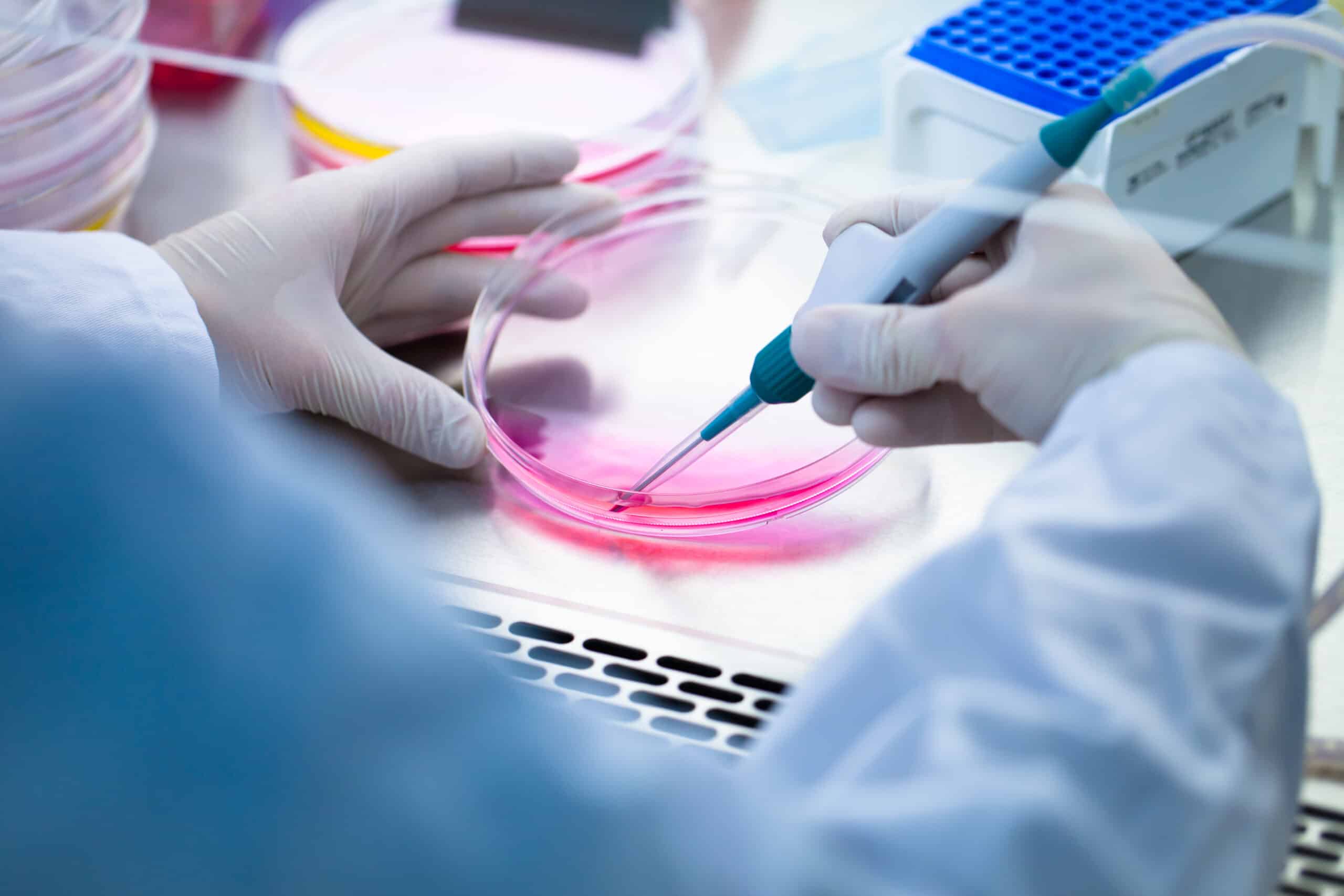The findings could help pave the way for cancer therapies that target TAF12, potentially stopping transcription in cancer cells and helping decrease the growth of cancerous tumors. TAF12 had previously been shown by others to be essential for the growth of acute myeloid leukemia in mouse models.
“Identifying TAF12 as the cornerstone of the preinitiation complex allowed us to eliminate preinitiation complexes in the cell, and that has not been done before,” said senior author Michael Carey, Ph.D., professor of Biological Chemistry and director of the Gene Regulation Program at the Jonsson Cancer Center.
BACKGROUND
There have been significant advancements in the last couple of decades in principles about how the genome is organized and understanding the structures of transcription factors. However, the precise details of how enhancers communicate with promoters — genetic elements that control transcription in human and mouse genomes — to turn on genes is still not completely understood.
Efficient transcription, a basic and fundamental biological process that plays an important role in making proteins, requires the formation of a preinitiation complex that has over one hundred transcription factors including two major complexes termed co-activators. Understanding how these major co-activators function in cells is crucial in determining the precise mechanisms of gene activation. In this study, UCLA investigators looked to identify the key proteins in the co-activators to see if this knowledge of gene regulation and transcription could be eventually be applied to cancer therapeutics.
METHOD
The researchers conducted an shRNA knockdown screen to identify key proteins in gene transcription in mouse embryonic stem cells. A technique termed auxin-inducible degradation was employed by the researchers to rapidly remove the identified transcription factor to determine the effects on the formation of preinitiation complexes throughout the genome.
The research was funded in part by the National Institutes of Health General Medical Sciences. The study was published in the journal Genes & Development.




